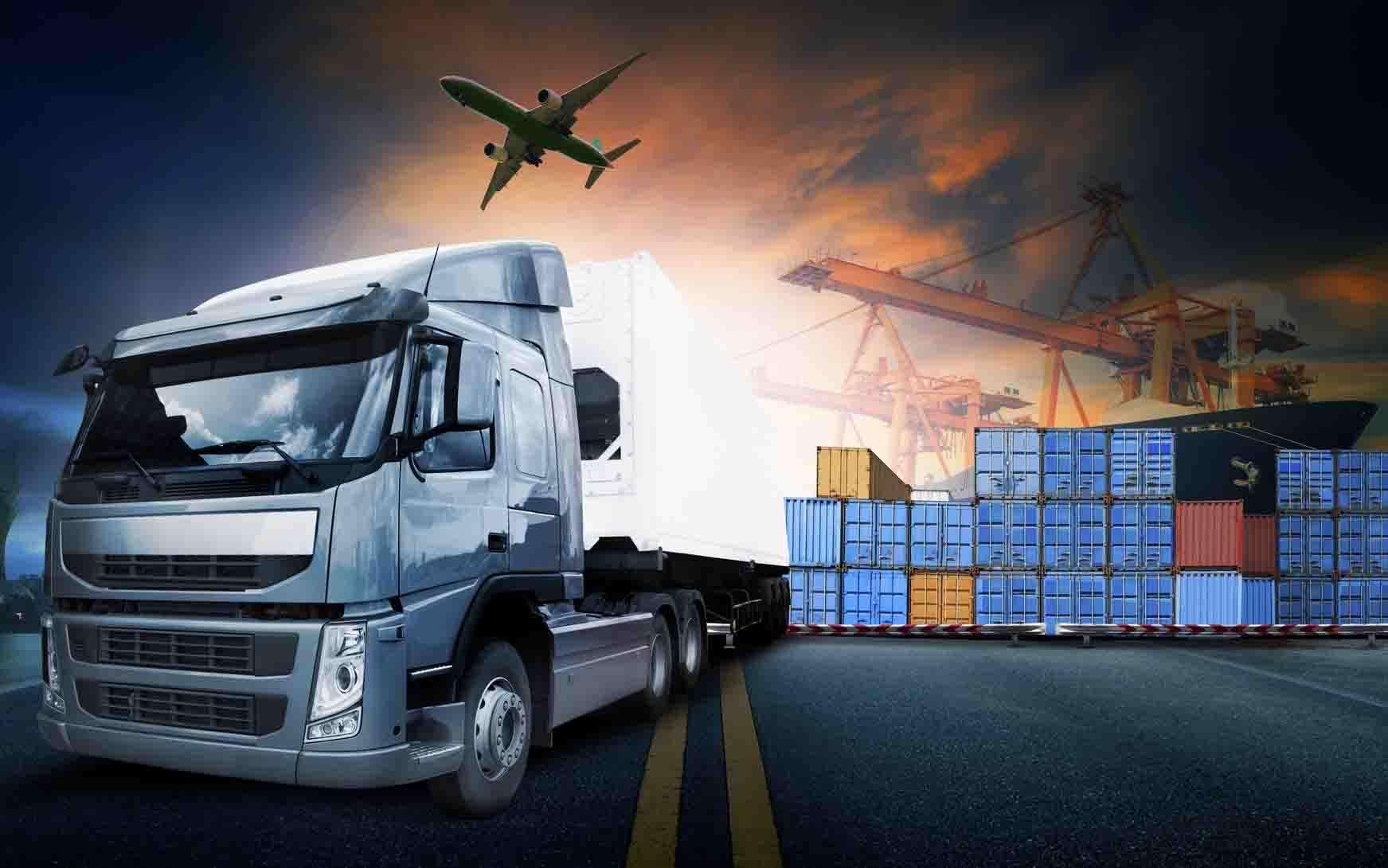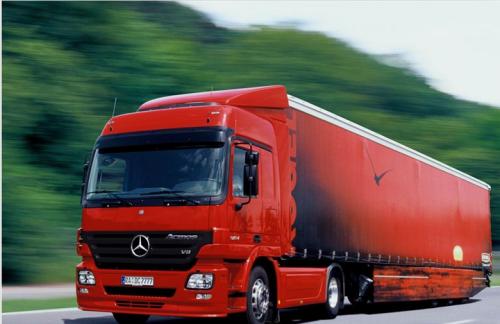Guangzhou to Thailand logistics guide you to understand what logistics delivery is
Delivery refers to the classification, processing, packaging, segmentation, and assembly of goods within a reasonable economic range, and timely delivery of logistics activities to designated locations according to user requirements. It organically combines "delivery" and "distribution" together. Delivery is a special comprehensive logistics activity. It is a logistics model that combines business processes and logistics, including several functional elements of logistics. The following Thai logistics will explain to you:

1. Inventory:
This is a preparatory or basic task. Reserve work includes receiving, ordering, purchasing, receiving, purchasing, and related quality inspection, settlement, handover, etc. One of the advantages of distribution is that it can focus on users' demand for a certain scale of inventory. Reserve is the primary task that determines the success or failure of delivery. If the reserve cost is too high, the distribution efficiency will be greatly reduced.
2. Storage:
There are two types of storage in allocation: backup storage and temporary storage. Allocating reserves refers to ensuring the allocation of resources for tasks as needed within a certain period of time. Large reserve types and complete reserve structure. The structure and quantity of working capital reserves and insurance reserves can be determined in a planned manner based on the source of funds and delivery dates. In some cases, establishing a separate warehouse near the distribution center to address storage issues for delivery. Other forms of storage are temporary storage, where a small amount of storage preparation is made in the yard during the delivery period on a specific execution day according to classification and distribution requirements. Due to the fact that the total inventory depends on the total inventory, temporary inventory only affects the convenience of work and does not affect the total inventory, so the control of inventory is not strict. ".
There is another form of temporary storage, which is the grading of goods after distribution. This temporary storage is mainly used to adjust distribution and distribution speed, and the temporary storage time is not long.
3. Classification and distribution:
Delivery is not only a distinctive functional element that distinguishes it from other forms of logistics, but also an important cultural task that determines the success or failure of delivery. Sorting and distribution is an inevitable extension of competition among different delivery enterprises in the delivery process and the improvement of their own economic benefits. Therefore, the development of advanced forms of delivery is also an inevitable requirement. Sorting and distribution will greatly improve the level of delivery services, and it is a key factor that determines the level of the entire delivery system.
4. Assembly:
When the number of individual users cannot reach the effective load of the vehicle, how to concentrate the delivery goods of different users, load them, and fully utilize the transportation capacity and capacity, which requires assembly; Unlike regular delivery, configuring delivery can greatly improve delivery quality and reduce delivery volume. Therefore, assembly is also a modern functional element in the distribution system, and it is also an important difference between modern distribution and traditional distribution.
5. Delivery and transportation:
Delivery transportation belongs to terminal transportation and branch transportation in transportation. The main differences between distributed transportation and general transportation are: short distance, small scale, high fixed transportation form, and cars are generally used as a means of transportation. Another difference from mainline transportation is that there is generally no routing problem in mainline transportation, and only mainline transportation is the only route. Due to the large number of distributed users, distribution and transportation are more complex. Firstly, how to combine the best path and effectively match assembly and routing, etc. This is a characteristic of logistics transportation and also a challenging task.

6. Delivery service:
The transportation of goods to the user's hands is not the end point of the delivery work, as the delivered goods and the goods received by the user are often inconsistent, resulting in the previous delivery work being discarded. Therefore, in order to smoothly, effectively, and conveniently complete the relevant procedures and settlement, we should also pay attention to the unloading location, unloading method, etc. Service is also a unique feature of delivery.
7. Delivery processing:
In distribution, the role of distribution processing is not universal, but it often plays an important role. The main reason is that the distribution process can greatly improve user satisfaction. Distribution processing is a type of circulation processing, but it is different from general circulation processing in that distribution processing generally depends only on the needs of users, and its processing purpose is relatively single.
 中文
中文 THI
THI EN
EN
